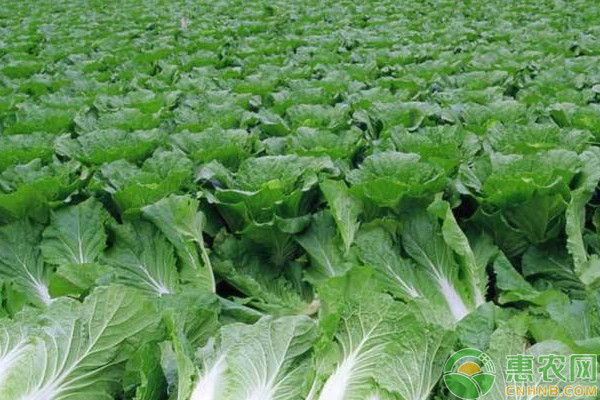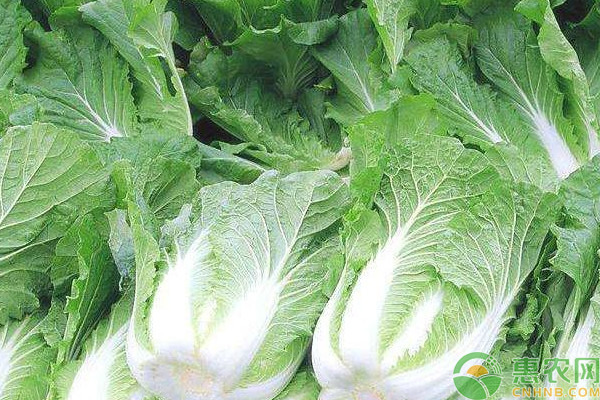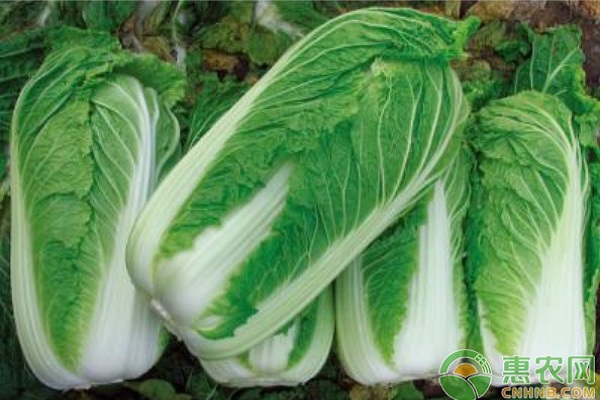Yudong Town Xiaoyao production technology operation procedures
Vegetables are one of the indispensable foods in people's daily life, and small leeks are one of the most popular vegetables. They are variants of non-heading Chinese cabbage. The color is green and the taste is sweet. Let's take a look at the small leeks. Production operation procedures.

1 Origin environment
Plots with flat terrain, convenient drainage and irrigation, deep soil layer, suitable soil structure, good physical and chemical properties, and high soil fertility should be selected.
2 sowing seedlings
2.1 variety selection
Choose high-quality, high-yield, disease-resistant varieties, and choose different varieties according to different seasons and market needs.
2.2 Soil preparation and fertilization
About 10 days before sowing, on the basis of the cleaning of the front hoe, 800 kg of commercial organic fertilizer was put into every 667 square meters, and then mechanically ploughed. Mechanical rotary tillage was carried out about 5 days before sowing, and mechanical flattening was carried out. After leveling, 20 kg of ternary compound fertilizer was put into every 667 square meters and a second rotary tillage was carried out. At the same time, ditching and boring, the width of the raft is 1.2 meters, the width of the gully is 30 centimeters, the depth of the gully is 25 centimeters, a lobe is opened every 15 meters, the surrounding ditch is opened, the ditch is 30 cm deep, the ditch is 30 cm wide, and the ditch is cleaned to ensure The drainage is smooth.
2.3 face leveling
The hexagram is used to level the surface, and the soil particles do not exceed 0.3 cm. The seedbed was poured into the water one day before the sowing.
2.4 sowing
The amount of seedlings per 667 square meters should be 0.5-0.75 kilograms, spread evenly, and the water should be poured once after the sowing.
2.5 emergence management
3 to 4 days after sowing, when the emergence of the seedlings reaches 60% to 70%, the shading net (summer nursery) is removed, and the seedbed weeds are removed at the same time. If the seedbed is dry, it needs to be watered in time. Sowing to emergence and keeping the surface moist.

2.6 Seedling pest control
Pay attention to the occurrence of pests such as Plutella xylostella, Pieris rapae, Beet armyworm, Spodoptera litura, Yellow-striped Flea, Aphis gossypii, and aphids, and timely prevent and control the work.
2.7 strong seedling standard
There are 4 to 5 leaves, and the seedling age is generally about 25 to 30 days. There are no pests and diseases, the leaves are clear and the roots are developed.
3 Daejeon Planting
3.1 Daejeon Preparation
3.1.1 Daejeon selection
Daejeon must choose the land that meets the requirements of the place of origin. The first two are not planted with cruciferous crops, the soil is fertile, the drainage and irrigation are convenient, and the land with strong water and fertility is strong.
3.1.2 Fertilization and trenching
About 10 days before planting, on the basis of the cleaning of the front hoe, 800 kg of commercial organic fertilizer was put into every 667 square meters, and then mechanically ploughed. The first mechanical rotary tillage was carried out about 3 days before planting. Immediately after the rotary tillage, the machine was leveled. After leveling, 20 kg of ternary compound fertilizer was put into each 667 square meters, and then the second rotary tillage was carried out.
At the same time, the trenching machine is used to open the trench, the width of the raft is 1.2 meters, the width of the trench is 30 centimeters, and the depth of the trench is 25 centimeters; a lobe is opened every 15 meters, the surrounding trench is opened, the trench is 30 cm deep, the trench is 30 cm wide, and then the trench is manually cleaned. System to ensure smooth drainage.
3.2 seedlings
2 to 3 days before the start of the seedling, the mixed-spray protective broad-spectrum fungicide and the targeted insecticide once, one day before the seedling, the water is poured (the mud wet depth is 10 cm). When starting the seedlings, use a knife to provoke, do not hurt the main root, according to the large (4 ~ 5 leaves), small (3 ~ 4 leaves) seedlings placed in a grading, remove the inferior seedlings, planted separately according to the level.
3.3 colonization
Summer cultivation is best planted in a greenhouse covered with insect nets, which can significantly reduce the occurrence and damage of insect pests. Use a planting knife to dig a hole, embed the seedling root into the hole, the depth is level with the root, and cultivate the surrounding soil, plant spacing × row spacing: 12 ~ 15 cm × 15 ~ 18 cm, planting root water when planting, and then watering 1 or 2 times until the living tree.
3.4 Growth Management
3.4.1 Water Management
Keep a certain sensation (60-70% soil water content), no water when not enough, no water when it rains.
3.4.2 Timely topdressing
After planting, the planting of the fertilizer once, 5-8 kg of urea per 667 square meters, 15 days before harvest stop fertilization.

3.4.3 cultivating weeding
After the live tree, weeding and weeding once, and then weeding and weeding again according to the situation.
3.5 pest control
Prevention is the mainstay and comprehensive prevention and treatment. During the production period, we will do a good job in forecasting and field investigation of pests and diseases at various stages. Pay attention to the occurrence of Plutella xylostella, Pieris rapae, aphids, rapeseed, beet armyworm, yellow stripe, downy mildew, anthracnose, soft rot, viral disease, etc. Emphasis on the application of integrated prevention and physical control technologies, such as yellow boards, insect nets, sexual attractants, insecticidal lamps and other applications. Chemical control uses low-toxic and low-residue pesticides for prevention and control, and strictly controls the number of medications and complete intervals.
4 harvesting
Small leek can be harvested from 4 to 5 leaf seedlings to adult plants. Harvesting can begin when the plant weight per plant reaches 0.12 kg to 0.16 kg or meets customer requirements.
The above is the whole content of the cultivation technology of small leeks today. If you also grow small leeks, you can first come to Huinong.com to learn related technology, and have a lot of reference!
Corn Maltodextrin Powder,Organic Corn Maltodextrin,Organic Tapioca Maltodextrin,Organic Food Ingredients
Qingdao Bailong Huichuang Bio-tech Co., Ltd. , https://www.qdblcycn.com